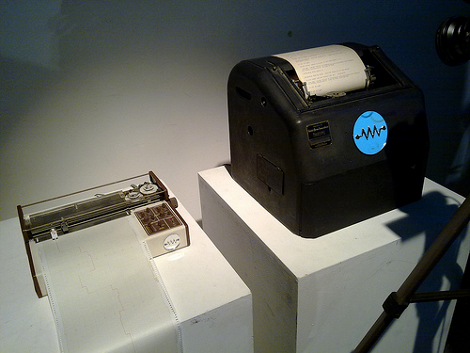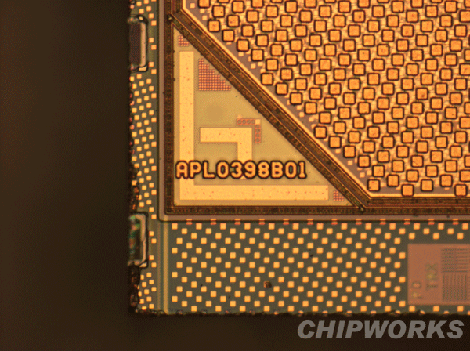
We know LEGO is a very versatile medium to build with but this is beyond what we considered possible. Seven speeds and a reverse gear were built into the gearbox for this LEGO vehicle. It’s not completely an original design, but adds to the five-speed design found in a ten-year-old LEGO set. See it demonstrated in the video after the break. The design uses a sequential gearbox; shifting is accomplished by clicking the stick up or down depending on how you want to shift. If you’ve got enough parts on hand you can build this using the assembly photos that [Sheepo] posted.
Can’t get enough of the gears? Check out this model of a double clutch transmission.
















